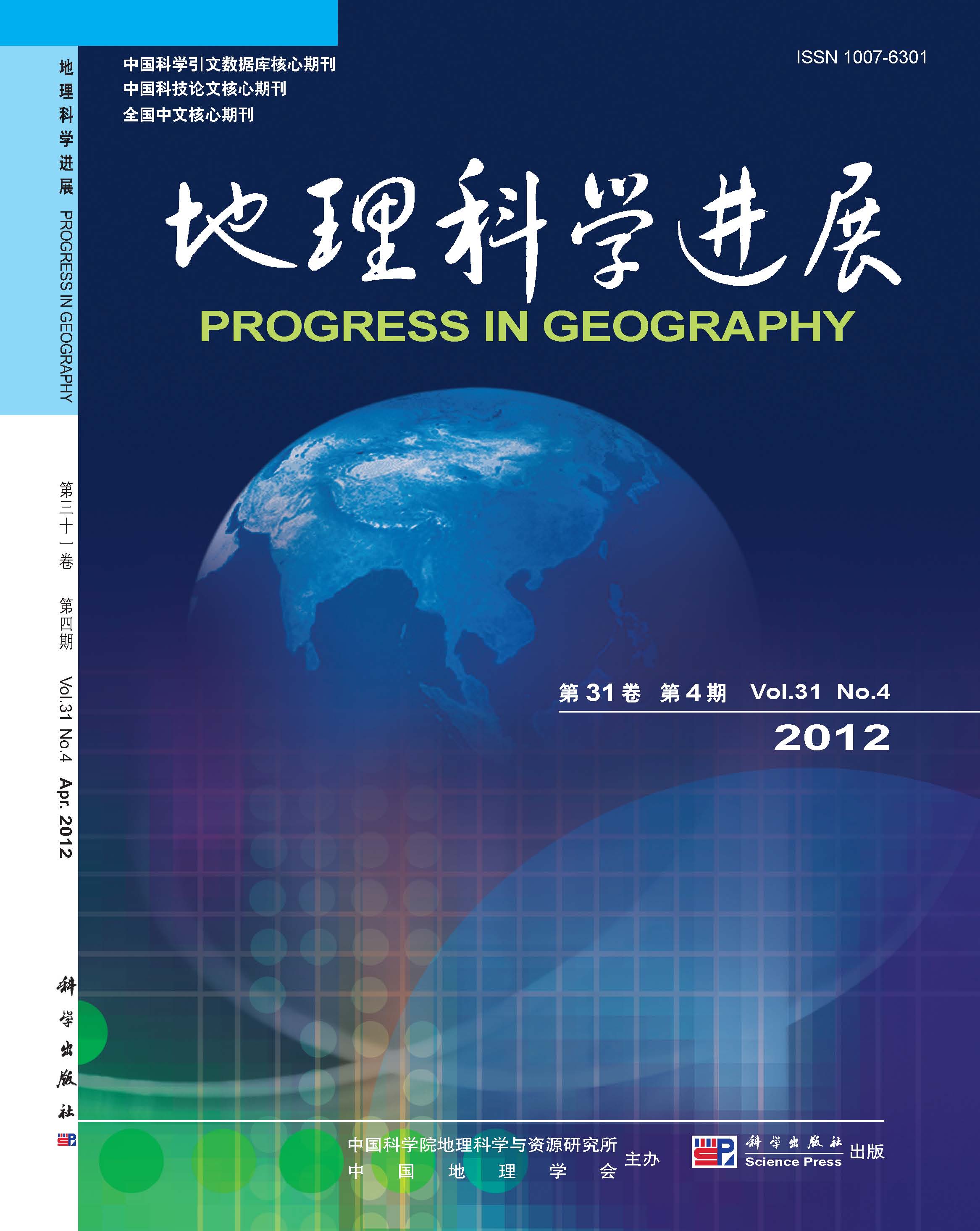HUO Jinwei, YANG Degang, TANG Hong
Climate change and carbon dioxide emissions have attracted worldwide attention. At the 2009 United Nations Climate Change Conference in Copenhagen, China announced its target of CO2 emission reduction, namely, by 2020 the amount of CO2 emission per output unit (GDP) in China will drop by 40%~45% compared to that in 2005, and the target will be incorporated into China's long term socio-economic planning. Based on existing literature and research, in this paper, we first examine the impacts of the population, economy and technology on carbon emissions, which are analyzed econometrically with the relationship between leading industries and the industrial structure of carbon emissions in Xinjiang from 1995 to 2008 through the ridge regression method, in order to find the technology roadmap and strategies of emission reduction to promote the development of regional low-carbon economy. The results are shown as follows. (1) The economic structure and the population scale have more explanatory impacts on the carbon emissions, and although the impacts of technology has to some extent alleviated the carbon dioxide emissions, the effect is little. (2) The present economic development pattern mainly depends on energy and the structural expansion of secondary industry which, however, have strong impacts on the increase of carbon emissions. (3) During the period of study, leading industries of Xinjiang all belong to the heavy industry which focused on oil and gas exploration, petrochemical, and coal chemical industry. In addition, its share in the total industrial output value has largely increased, leading to a sharp increase in energy consumption. However, under the background of globalization, our economic growth should depend more on technological improvement, scientific and institutional innovation, and efforts to protect and improve the ecological environment.
